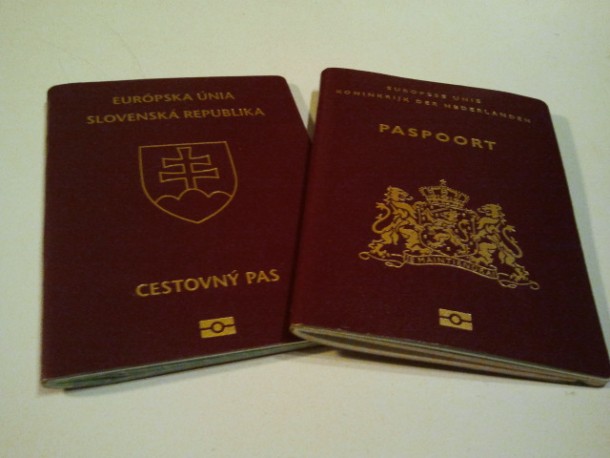One of the main characteristics of the European Union is the free movement of persons within its internal borders. Within the so called Schengen Area there are no border checks and people already in this area can travel freely without showing their passport. But these days the pressure on the Schengen Area has considerably increased. The reasons are two factors; the migrants’ flow and a threat of terrorism.
The Schengen Area includes 26 countries, with most of them members of the EU. But also Norway, Switzerland, Liechtenstein and Iceland are included in the area, while Great Britain and Ireland are not. Foreigners entering Schengen have to be checked by the country of arrival. If they possess one single Schengen visa they can move freely with this visa or passport throughout the entire Schengen Area.
The increasing numbers of migrants that show up at the Schengen borders since spring 2015 have put pressure on countries exercising checks on external Schengen borders. Due to the high number of migrants, ‘green borders’ and unclear political messages from several EU Member States, Hungary, for example, has allowed people through without checking their papers entering from Serbia. The border between Hungary and Serbia has now been closed.
Most migrants are heading towards Germany and Sweden. Germany wants to keep out economic migrants and help refugees and therefore has increased its border checks. Other Schengen countries as Austria, Slovakia and the Netherlands, have done the same.
The other reason for the pressure on the Schengen Area is a threat of terrorism. After the averted terrorist attack in the Thalys train from Amsterdam to Paris last month, the Belgian prime minster Charles Michel said that it was maybe time to amend the rules of Schengen.
States have the right to reinstate their border controls temporarily in certain special circumstances, such as a severe threat of the public order or national security. The Netherlands did this, for example, in 2014 when it was hosting the nuclear summit in The Hague.
To ease the pressure on Schengen a solution for the migrant problem in Europe has to be found, but so far the EU Member states were not able to find a sustainable solution. Tackling the terrorism threat is not an easy task either, but closing the internal borders in the Schengen Area would mean a considerable blow to the idea the EU stands for. The free movement of people is one of the most visible achievements of the EU. Temporarily increasing border checks might provide short term solutions, but in the long term it is not what Europe should want.

